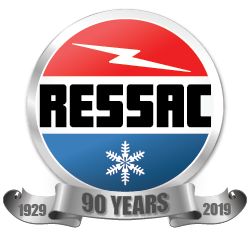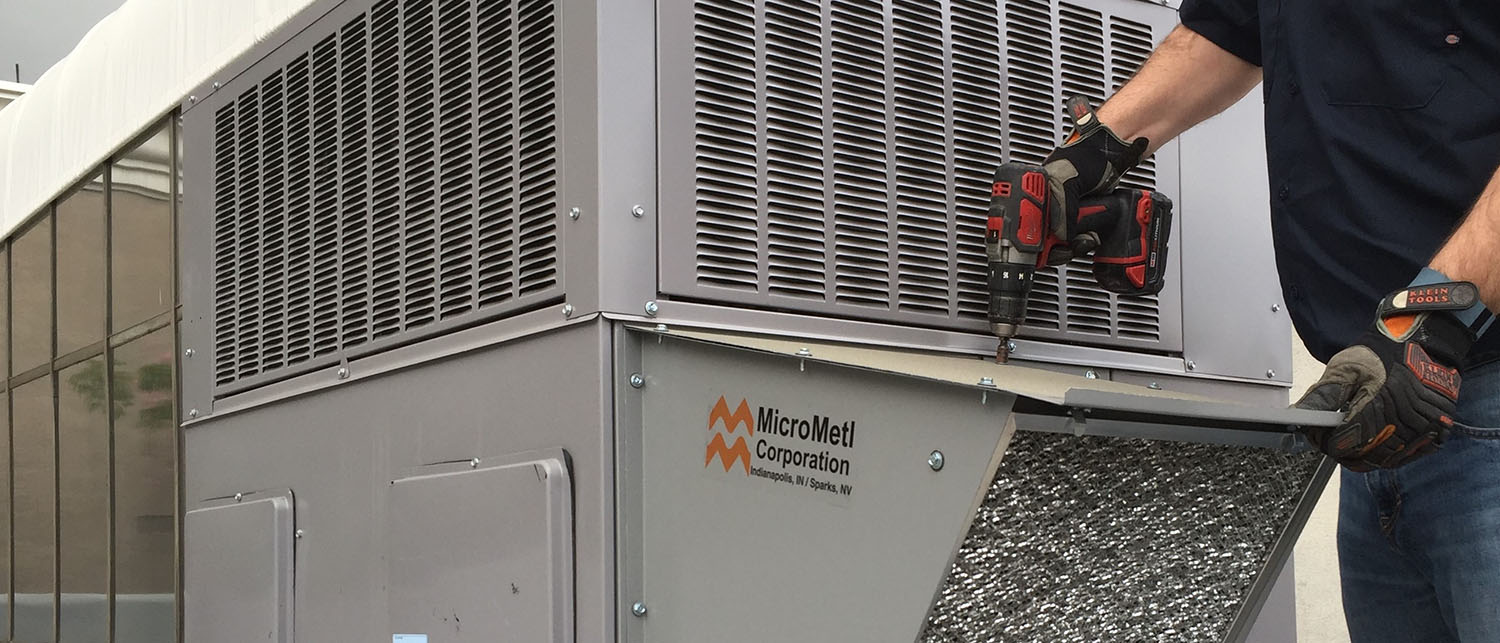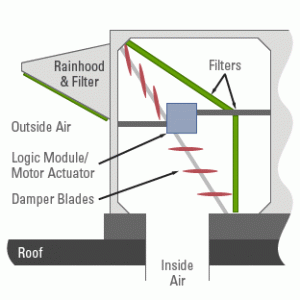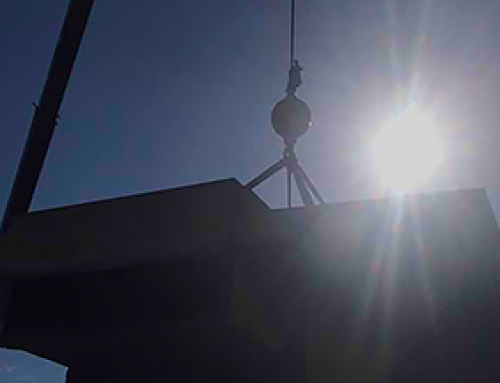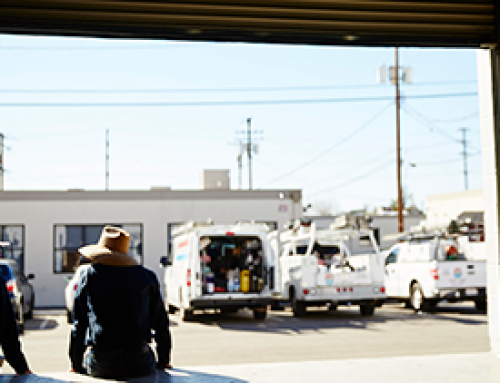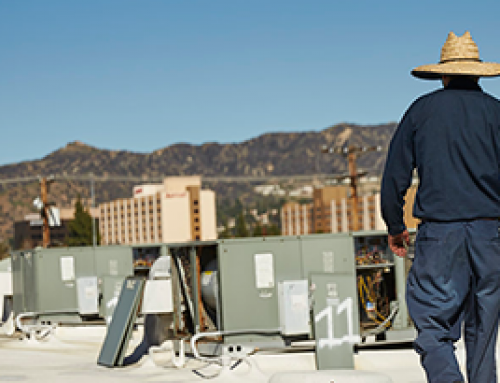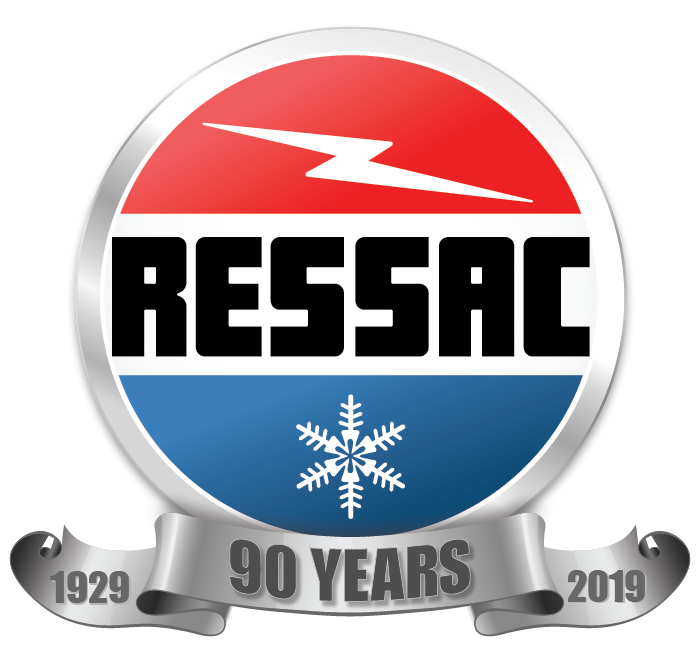Does your air conditioner have an economizer? If it doesn’t, you may be losing out on both energy and productivity savings. A proper ventilation system is critical for the longevity of your air conditioner, and the Indoor Air Quality of your business. Bringing in outside air at lower temperatures reduces the running time of your compressor, saving energy. And by preventing poor air quality, your employees work with improved focus and fewer illnesses.
What IAQ Means and How to Improve It
Indoor Air Quality, or IAQ, is the measurement of air quality in an enclosed space, especially in and around occupied structures. The IAQ of your building is determined by the number and volume of pollutants, as well as humidity levels and space temperatures. To keep the indoor air quality at acceptable ratings, a solid ventilation system needs to cycle air both in and out of the space. This cycling keeps the building operating at a positive pressure level. That positive pressure prevents uncontrolled infiltration of outside air that hasn’t been brought in after passing through a filter.
Contractors have multiple ventilation options to choose from when outfitting a space. Residential properties can utilize whole-house systems varying from a standard exhaust fan to a more complex energy-recovery unit. For commercial buildings, economizers can be attached to the existing air conditioning systems. In fact, all new units over 4.5 tons that are installed or replaced in California now require an economizer per Title 24 code.
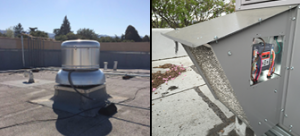
Most economizers come equipped with at least one sensor to read the outdoor temperature. More complex sensors read humidity as well, and higher grade economizers often utilize two sensors to read both outdoor and return air. You can even integrate a differential enthalpy economizer with a multi-stage thermostat for better control. This allows your system to automatically gauge the best possible conditions to pull in cooler outside air, then saving energy by turning off the compressor. This automation is critical. An economizer with a damper left open and uncontrolled will severely hamper your energy savings, letting in hot fresh air rather than the cool air you need.
When IAQ Declines, So Can Your Health
And energy savings aren’t the only gain for maintaining good ventilation. When IAQ ratings fall, the potential for occupant illness rises. Health problems caused by poor IAQ are relegated into two major categories: BRI and SBS. A BRI, or “building related illness”, is any situation where occupants complain of clinically defined problems like fever, muscle aches or chills. A BRI has a specific cause that can be pinpointed, and typically removed from the building. Chemical pollutants such as tobacco smoke or asbestos can cause long-term health issues if not properly vented then removed.
SBS, “sick building syndrome”, on the other hand, covers any complaints with an unknown source that cause fatigue, dizziness, lack of concentration and a sensitivity to odors. Sick Building Syndrome typically eases after an affected person leaves the building. SBS is especially aggravated by poor quality ventilation. Including the larger impact of potential absenteeism, worker performance suffers by up to 9% when the IAQ is inadequate. And overall worker satisfaction tends to decline.
Regular filter changes combined with good ventilation are an effective method to improve IAQ. High performance filters will prevent the breathable, minute particles from being pulled into the space. Your economizer, if you have one already, also needs proper care. If the controller or sensor malfunctions, or the dampers get stuck closed, you won’t be receiving any outside airflow. Periodic maintenance and removal of any water-stained tiles and soaked or dirty carpets are also helpful. And don’t forget to securely store any respirable irritants like pesticides or paint. Check your exhaust fans regularly too, as they can collect a considerable amount of dust like the one below.
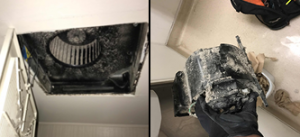
When you can save money on both your HVAC usage and your employees, there’s no reason not to invest in a quality ventilation system. If your units already have economizers, make sure they are properly maintained and kept in working order. Your workers, and your wallet, will thank you.
